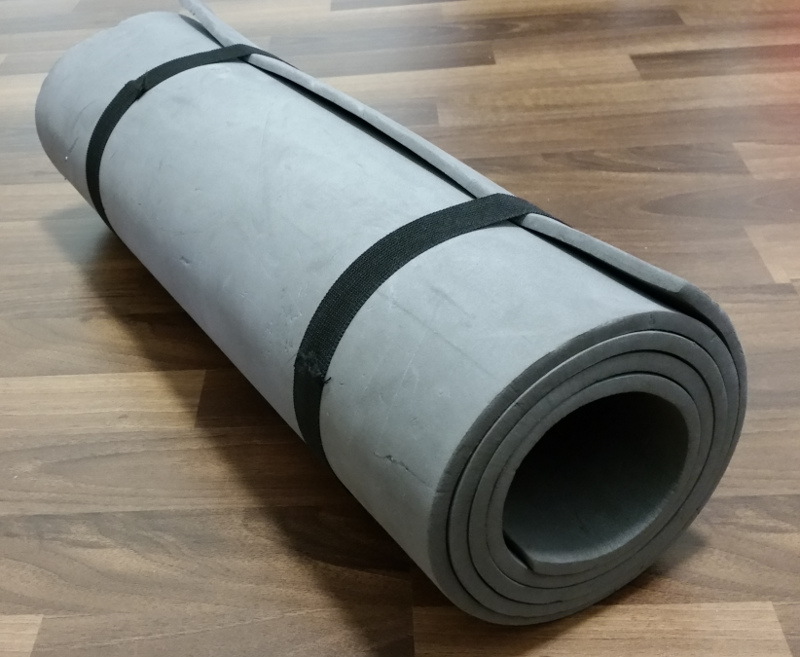A sleeping mat is a very useful, if not, essential item to have in your gear list for overnight camping in the outdoors even for tropical countries. Most campsites in tropical rainforests are full of surface tree roots and the sleeping mat will provide a buffer against them. While it is still good to have a sleeping bag, its cushioning is rarely sufficient to shield you from any jabbing tree roots and the confine of a tent does not give you much room to shift out of the way. On a cold ground, a sleeping bag is also insufficient to provide an insulated platform to keep your body off the ground. A sleeping mat function is to insulate you from the ground while providing a clean and dry area for you to lay your sleeping bag on. The most common types of sleeping mat are the roll mat and the inflatable air mat.
Inflatable mat
Inflatable sleeping mat tents to be made out of durable but heavier material for obvious reason of preventing puncture. They generally weights more than 500 g but occupy smaller volume than roll mat when packed. They are great if reducing space is more important than reducing weight. However, some higher end inflatable mat can weigh as little as 350 g. They generally provide better insulation than foam mat. However, they are generally much more expensive than roll mats.
Roll mat

|
Roll mat are mostly made out of closed-cell foam and are very light (range from 100 g to 400 g). They are tough, reliable and can tolerate a fair bit of abuse. However, as they are bulky, they are usually secured on the outside of the backpack. Scratches on the mat will not have significant effect on its insulating performance and you may even use them outside the tent and on the bare ground without fear of any puncturing. However, avoid compressing the foam mat during storage and transportation as their insulation property will be reduced once they become permanently compressed.


